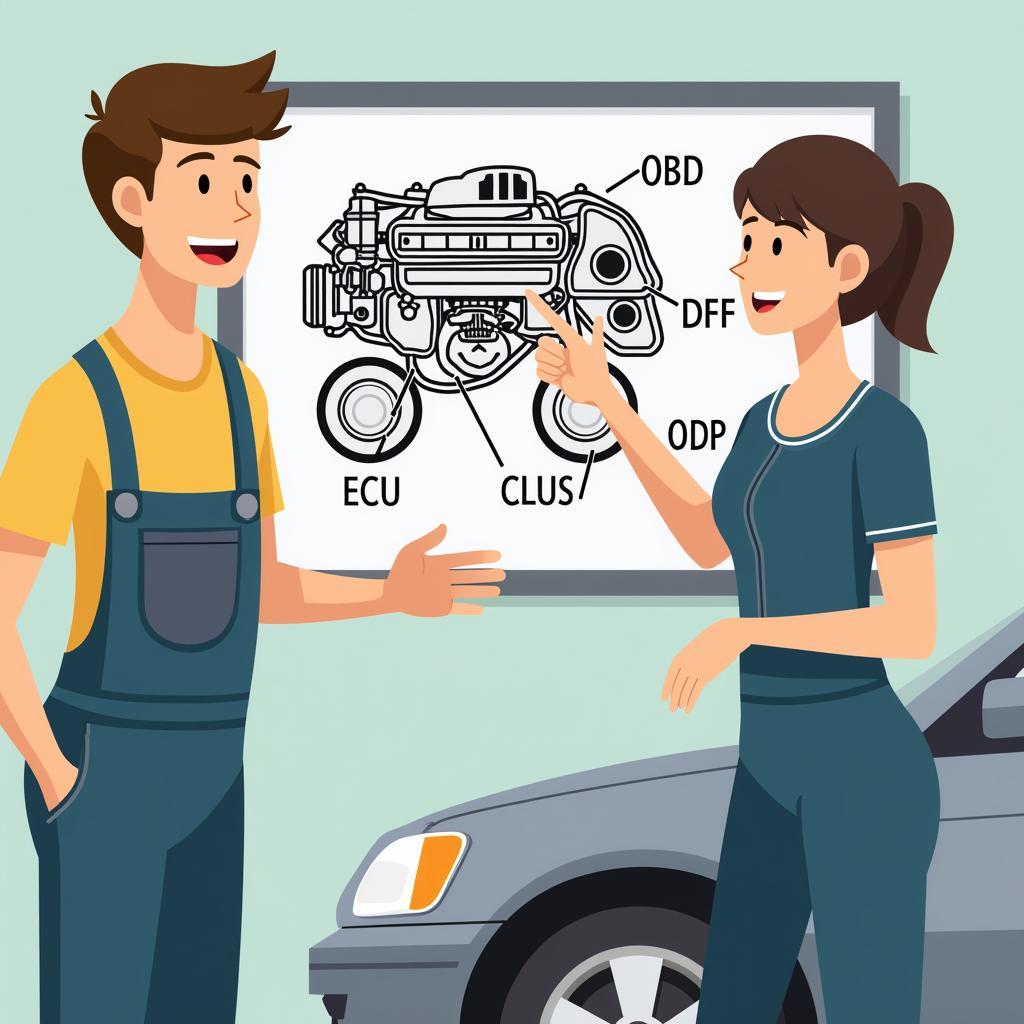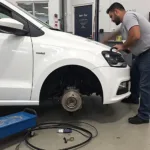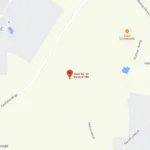PPT in car service doesn’t actually stand for anything specific. There’s no widely recognized acronym “PPT” within the automotive industry relating to a particular service. It’s possible you’ve encountered this term in a localized context, or perhaps there’s been a misunderstanding. This article will explore common car service acronyms and abbreviations, discuss essential car maintenance procedures, and help clarify the potential meaning behind “PPT” in your specific situation. We’ll also cover various aspects of car servicing to ensure you have a comprehensive understanding of keeping your vehicle in top condition.
Understanding Common Car Service Acronyms
While “PPT” isn’t a standard car service acronym, there are many others that are frequently used. Understanding these can be helpful when discussing your car’s needs with a mechanic. Some common examples include:
- OBD (On-Board Diagnostics): This system monitors your car’s engine and emissions systems, alerting you to potential problems via the check engine light.
- PCM (Powertrain Control Module): The computer that controls your car’s engine and transmission.
- DPF (Diesel Particulate Filter): A filter designed to trap soot from diesel exhaust.
- ECU (Engine Control Unit): Similar to the PCM, this manages the engine’s performance.
Knowing these abbreviations can empower you to communicate effectively with your service provider. If you’ve heard “PPT” used in a specific context, it might be beneficial to ask the mechanic for clarification.
Essential Car Maintenance Procedures
Regardless of what “PPT” might refer to, there are fundamental car maintenance procedures that every car owner should be aware of. These include:
- Regular Oil Changes: Essential for lubricating the engine and preventing wear.
- Tire Rotations and Balancing: Ensures even tire wear and optimal handling.
- Brake Inspections: Crucial for safety and preventing costly repairs.
- Fluid Checks: Includes coolant, brake fluid, power steering fluid, and transmission fluid.
- Air Filter Replacement: Ensures clean air intake for optimal engine performance.
These routine maintenance tasks are vital for keeping your vehicle running smoothly and safely. Neglecting these can lead to more significant and expensive problems down the line.
Decoding “PPT” in Your Car Service Context
Since “PPT” isn’t a standard term, its meaning likely depends on the specific context. Here are a few possibilities:
- Pre-Purchase Inspection (PPI): If you’re buying a used car, a PPI is highly recommended. This thorough inspection can identify potential problems before you purchase the vehicle. Could “PPT” be a mishearing or misspelling of PPI?
- Specific Shop Terminology: Some shops may use internal abbreviations or jargon. It’s best to ask your mechanic directly for clarification.
- Regional Variations: Certain terms might be common in specific geographic areas.
What to do if you encounter “PPT”
If you’re unsure about the meaning of “PPT” in a car service context, here’s what you should do:
- Ask for Clarification: Don’t hesitate to ask the mechanic or service advisor what “PPT” refers to. Clear communication is essential.
- Get a Detailed Explanation: Ensure you understand the service being offered, including the cost and benefits.
- Seek a Second Opinion: If you’re still uncertain, consider getting a second opinion from another reputable car service provider.
Being proactive and asking questions can help avoid confusion and ensure you receive the necessary services for your vehicle.
Conclusion
While “What Is Ppt Full Form Car Service” doesn’t have a definitive answer within the standard automotive lexicon, understanding common car service acronyms and essential maintenance procedures is crucial for every car owner. By being proactive and communicating effectively with your mechanic, you can ensure your vehicle receives the proper care it needs. Remember to ask for clarification if you encounter unfamiliar terms like “PPT.” Regular maintenance and open communication are key to keeping your car running smoothly and safely for years to come.
FAQ
- What does OBD stand for? OBD stands for On-Board Diagnostics.
- How often should I change my car’s oil? Consult your owner’s manual for the recommended oil change interval.
- Why are tire rotations important? Tire rotations promote even tire wear, extending tire life and improving handling.
- What fluids should I regularly check in my car? Check coolant, brake fluid, power steering fluid, and transmission fluid.
- What is a PPI? A PPI, or Pre-Purchase Inspection, is a thorough inspection of a used car before purchase.
- What should I do if I don’t understand a term used by my mechanic? Ask for clarification and a detailed explanation.
- Is “PPT” a common car service acronym? No, “PPT” is not a widely recognized acronym in the automotive industry.
Need assistance? Contact us via WhatsApp: +1(641)206-8880, Email: [email protected]. We have a 24/7 customer support team.


